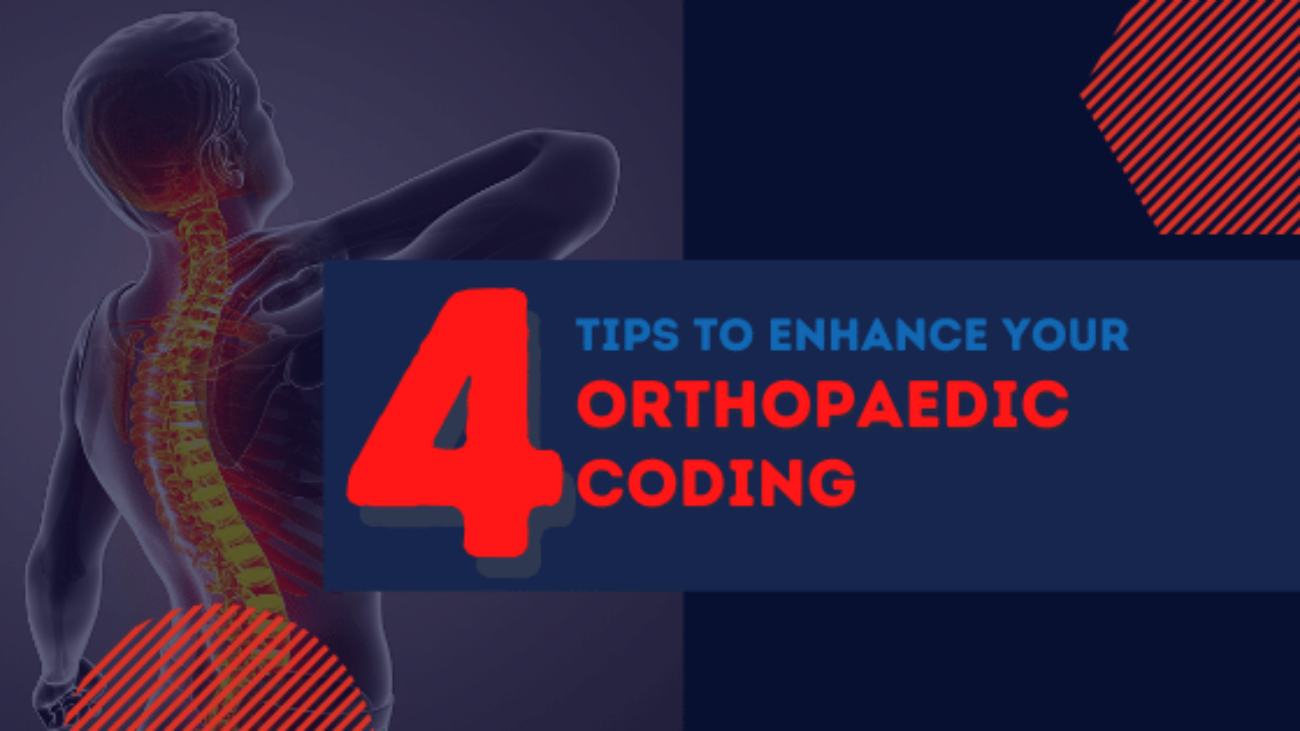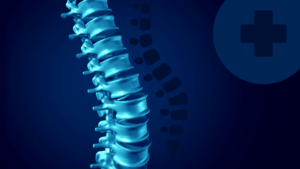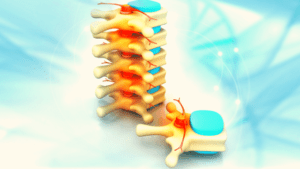We must accept Orthopaedic coding isn’t that easy as it contains numerous procedures involved with different codes. Many procedures are difficult to code for various reasons. In fact the coding network considers Orthopaedic coding as four individual specialties. Consequently, it is essential for orthopedic providers to concentrate on orthopedic surgery. Orthopaedic coding can be dealt by orthopedic coders who are believed to be competent in coding for subspecialties.
4 Tips to know the Common Orthopedic procedures coded inaccurately:
1.Hardware Removals:
- In Orthopedic coding, Hardware removals is where the healthcare professionals does an incision overlying the site of implants which dissects deeply to visualize the impact.
- Instruments are used to remove the implant from the bone. Many sutures and staples are used in multiple layers to repair the incision. It’s considered as Deep pin removal procedure and the code to be used is 20680.
- Superficial pin or K-wire removal procedures do not require a layered closure. They are supposed to be billed with code 20670.
- According to American Academy of Orthopedic Surgeons, the code 20680 can be billed once per fracture site rather than billing it based on the number of hardware pieces removed or the incisions made in the hardware removal from the exact initial area of the injury.
- It’s appropriate to bill 20680 multiple times only if hardware removal is performed in a different anatomical site and not related to the first fracture site or the area of injury.
- The procedure code for removal of hardware from ankles is different. The Orthopedic coding allows to bill with the code 27704 for Ankle implant removal. The above code must be used instead of 20670 or 20680.
- When only two screws are removed, then it’s not considered as extensive procedure and thus 20670 and 20680 codes are applicable. Whereas 27704 can be billed for only those with more removals and extensive procedures.
- The Orthopedic coding for finger or hand implant is not the same and code to be billed with is 26320 CPT. If it’s not an extensive procedure, then 20670 or 20680 are the common ones to go ahead.
- The codes for the removal of implants from the elbow or radial head are 24160-24164. The same applies here, if it’s not an extensive procedure, 20670 or 20680 are the codes applicable and to be billed.
2.Tendon Grafts with ACL repairs:
- In Orthopaedic coding procedures, according to CPT , billing 20924 code with 29888 for the procedures, Harvest of Patellar or Hamstring Tendon Graft states ‘from a distance’ that ACL repair code is not allowed because of the Tendon Graft obtained from separate incision on the same knee.
- It also doesn’t combine far distance to bill separately or individually although not unbundled in CCI material through separate incisions. Billing code 20924 can be used for tendon graft only when obtained from the opposite knee or ankle.
- In case if the tendon graft is the Allograft purchased, then the code to be used to bill for an implant should be L8699 only if insurance companies accept and agree to it.
3.Lipoma Removals:
- Generally, Lipomas are benign tumors in the deeper tissues. They usually develop in the soft tissue areas that can also occur on the chest, flank, back, neck, shoulders, arms, hands, wrists, fingers, hips, pelvis, legs, ankles or foot.
- Lipoma removals depend on the depth of the tumor tissue and that indicates the codes for the removal. Even though diagnosis codes are used for Lipomas, CPT procedure codes do not exist for Lipoma Excisions.
- Lipomas sometimes can be superficial and also is capable of extending deep into intramuscular tissues. So, it’s very important to code accurately using the codes from 11400-11446 for Lipoma situated in subcutaneous tissues and for Lipoma removed from deep intramuscular tissue, 20000 section codes are to be used.
4.Hammertoe repairs:
- Hammertoe repairs are usually to relieve an abnormal flexion posture of proximal interphalangeal joint of one of the toes by excluding the big toes.
- The correction procedures involves fixation of the toe with a Kirschner wire, excision of corns and calluses on the skin and division and repair of the extensor tendon.
- Orthopaedic coding procedures for Hammertoe repairs should be coded with 28285 by including following combinations:
- Interphalangeal fusion: which involves incision into proximal interphalangeal joint, excision of intraarticular cartilage, flexion deformity and misalignment of the toe manual corrections as well as interfixation of the joints?
- With associates tendon work on the phalanx.
- Proximal Phalangectomy: This involves the excision of proximal phalanx and metatarsophalangeal extension deformity correction and also proximal interphalangeal joint flexion deformity.
- The code 28285 is unbundled from most of the Bunionectomy procedures, and billable with Toe Modifiers while performed on different toes from Bunionectomy procedures.
- Metatarsophalangeal joint capsulotomy procedures are codes with 28270 with or without Tenorrhaphy.
- The same code is used for joint capsule that’s released between the tarsal and toe. If it’s a conjunction procedure with Hammertoe, then 28285 codes must be used for separate billing along with RT or LT modifiers.
- The Orthopaedic coding procedure performed with the same incision just like the Hammertoe repair and considered as bundled and can’t be separately billed even with modifiers unless it’s for a separate toe.
- These Orthopaedic coding procedures definitely will have their own guidelines where to add or replace the codes as well as modifiers according to CPT.
Hope you got the information on Orthopaedic coding. For more suggestions, please comment below, we will definitely consider them if relevant. For more queries and updates on healthcare, please subscribe to our blog.




